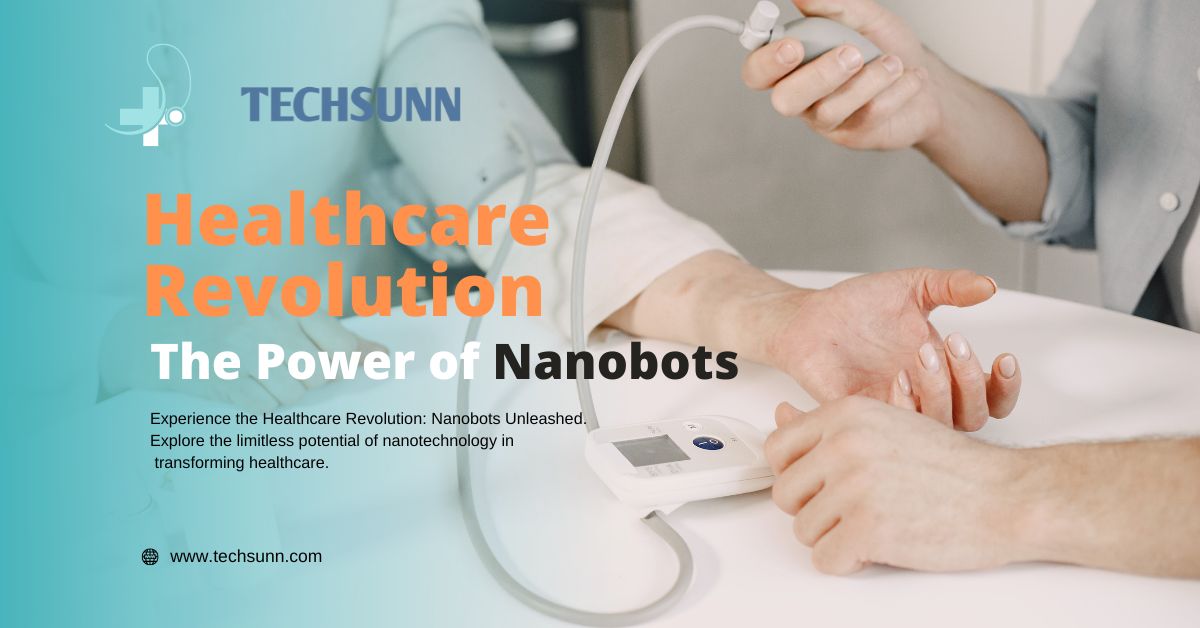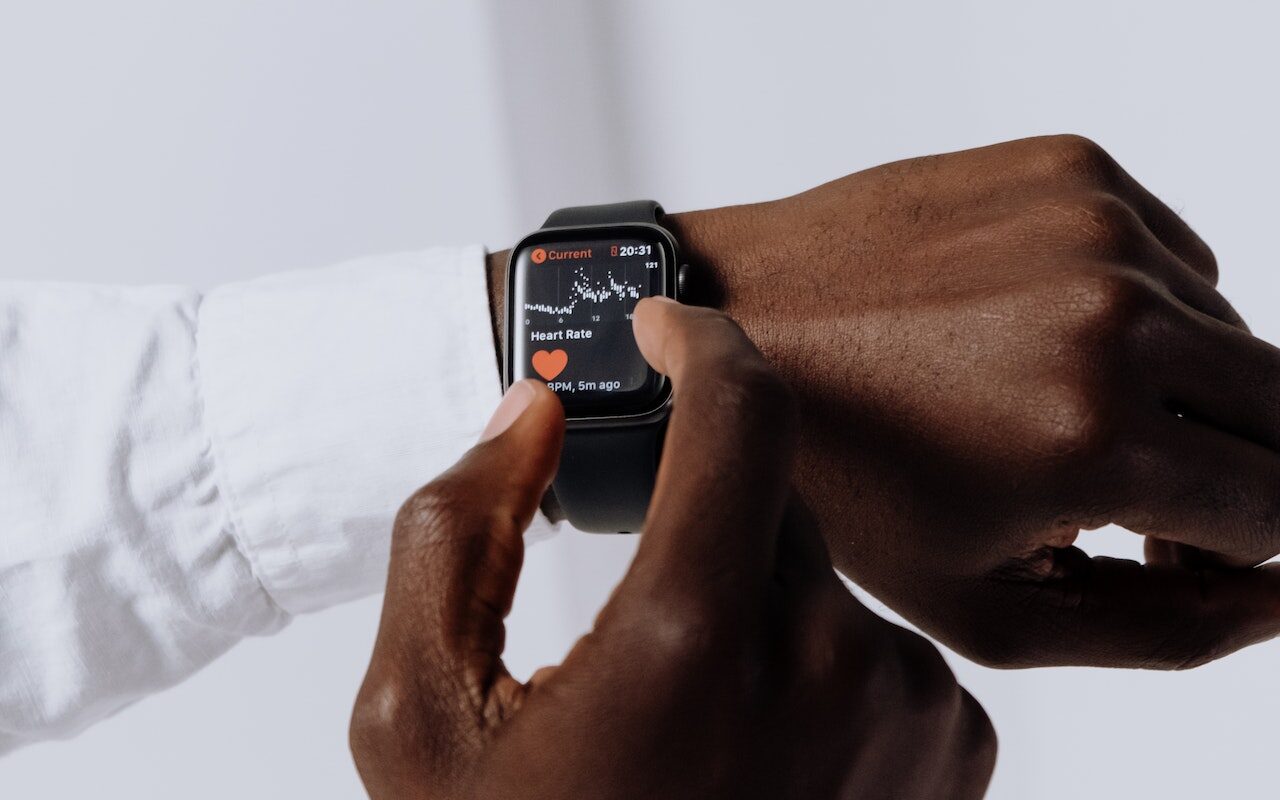Healthcare Revolution: The Power of Nanobots

Experience the Healthcare Revolution: Nanobots Unleashed. Explore the limitless potential of nanotechnology in transforming healthcare.
Nanobots
Nanobots are at pioneering this revolution in healthcare, which has been made possible by the development of nanotechnology. These minuscule robots, whose capability at the nanoscale level, can possibly upset medical care. Nanobots can travel the complex pathways of the human body, target certain cells or tissues, and carry out previously unthinkable activities thanks to their microscopic size and extraordinary skills. In this article, we investigate how nanobots could alter medical care as we currently know it.
Learning About Nanobots
Nanoscale objects that change in size from a couple of nanometers to a couple of micrometers are alluded to as nanobots, in some cases known as nanorobots or nanomachines. They might be made to play out various positions, including the conveyance of prescriptions, analytic techniques, and careful medicines. These tiny devices have sensors, actuators, and communication systems and are built from cutting-edge materials. Nanobots may be designed and commanded to carry out certain tasks with outstanding accuracy and efficiency by using ideas from industries like robotics, nanotechnology, and biotechnology.

Disease Detection and Diagnosis Using Nanobots
The discovery and ID of illnesses are one of the most astonishing purposes of nanobots in medical care. These small robots can be developed to recognize certain disease-related biomarkers, facilitating early detection and precise diagnosis. Nanobots with sensors and imaging capabilities can travel through the circulation and target tumors or aberrant cells while also providing real-time data for analysis. Through the facilitation of prompt interventions and individualized treatment regimens, this increased degree of detection has a great deal of potential to enhance patient outcomes.
Drug Delivery and Therapy Using Nanobots
Drug delivery and therapy might be revolutionized by nanobots. Common problems with traditional medication delivery techniques include poor targeting, systemic adverse effects, and ineffective dispersion. By delivering accurate and focused medicine delivery, nanobots provide a solution. They may be made to transport therapeutic payloads, cross intricate biological barriers, and release drugs just where they are needed. This focused strategy increases therapeutic efficacy while reducing side effects, resulting in more potent therapies and improved patient care.
Nanobots in Surgical Procedures
The potential for improving medical treatments through the use of nanobots in surgical operations is enormous. These tiny devices enable less invasive procedures by performing complex tasks with increased precision. Nanobots can move through fragile structures, make accurate incisions, and execute cellular-level tissue healing while being remotely controlled or directed by imaging methods. This method lessens trauma, speeds up recuperation, and improves surgical results. Complex operations may be carried out with previously unheard-of accuracy by combining the skill of surgeons with the dexterity and accuracy of nanobots.
Nanobots for Maintenance and Monitoring
Nanobots have the potential to revolutionize healthcare by continuously monitoring and maintaining the body. These small gadgets may gather real-time data on vital signs, biomarkers, and general health factors since they are fitted with sensors and communication networks. Healthcare practitioners can wirelessly get this information, enabling proactive treatment and prompt actions. Additionally, nanobots can be designed to regenerate and repair damaged cells and tissues, accelerating healing and enhancing organ performance. This degree of observation and upkeep has the ability to transform the treatment of chronic illnesses and advance general health.
Challenges and Ethical Factors
The utilization of nanobots in medical services is growing, which brings up moral issues and concerns. To stop unauthorized access or misuse, patient data must be protected in terms of privacy and security. Decision-making with regard to therapies helped by nanobots may provide ethical challenges. To ensure that nanobot innovations are open to each and every individual who might profit from them, issues of cost and availability should likewise be thought about. Establishing policies and rules that address these issues and encourage creativity and appropriate usage of nanobots in healthcare is essential.
Read also Artificial Intelligence and the Future of Work
Read also AI: The New Frontier in Cancer Diagnosis and Treatment
Future Prospects and Their Limitations
Nanobots in healthcare have a bright future, but there are still certain obstacles to be cleared. To improve the functionality of nanobots, assure their long-term safety, and optimize their design, more research is required. To understand the maximum capacity of nanobots, participation between researchers, specialists, and medical services specialists is fundamental. We may anticipate seeing much more advanced nanobots that can handle difficult medical problems as a result of developments in materials science, nanotechnology, and artificial intelligence. We can create a future in which nanobots revolutionize healthcare by overcoming present constraints and pushing the envelope of innovation.
Nanobots’ Potential in Healthcare
The potential for revolutionary developments with nanobots in healthcare is enormous. We may anticipate major improvement in the following fields thanks to continuous research and technical advancements:
1. Targeted Therapies: Nanobots will make medicine delivery more accurate and targeted, lowering adverse effects and boosting therapeutic efficacy. In order to deliver therapeutic payloads to the site of action, they might be made to particularly target sick cells or tissues.
2. Minimally Invasive Operations: By enabling more precise minimally invasive operations, nanobots will revolutionize surgical interventions. They can make accurate incisions, traverse through complex anatomical systems, and heal tissues at the cellular level, leading to shorter recovery periods and better surgical results.
3. Early illness detection and precise diagnosis will be made possible by nanobots with improved sensing and imaging capabilities. They are able to pinpoint certain biomarkers that are connected to illnesses, giving real-time data for analysis and enabling prompt therapies.
4. Continuous Monitoring and Maintenance: Nanobots will make it possible to continuously monitor the body’s biomarkers, vital signs, and other health-related factors. Wireless transmission of this real-time data to healthcare professionals enables proactive treatment and prompts actions. Furthermore, nanobots can be designed to regenerate and repair damaged cells and tissues, accelerating healing and enhancing organ performance.
5. Personalized treatment: The development of personalized treatment will be greatly aided by nanobots. Nanobots can enhance therapeutic results, lessen side effects, and improve patient outcomes by customizing therapies to each patient’s needs.
6. Innovative work: The utilization of nanobots in medical care will progress because of additional innovative work. Specialists and researchers will continue to attempt to work on the activity of nanobots and ensure their drawn-out security. Collaboration between several fields will promote innovation and expand the capabilities of nanobots.
Although there are difficulties and ethical problems, such as privacy, security, and accessibility, they are being addressed with the goal of developing a legal framework that supports the responsible and advantageous use of nanobots in healthcare. The utilization of nanobots in medical care can possibly essentially work on tolerant results, increase the expectation of care, and change the act of medication with supported headway and collaboration.
In conclusion, it is evident that nanobots have the potential to revolutionize healthcare. Nanobots provide game-changing answers to enduring healthcare problems, from illness diagnosis and tailored medicine delivery to precise surgical procedures and continuous monitoring. To guarantee the appropriate and broad deployment of nanobots, however, ethical issues, legal frameworks, and future technical breakthroughs must be carefully negotiated. As we embrace this nanotechnology age, we have the chance to see the beginning of a new healthcare paradigm where nanobots play a crucial role in boosting the quality of life, improving patient outcomes, and changing the face of medicine.



